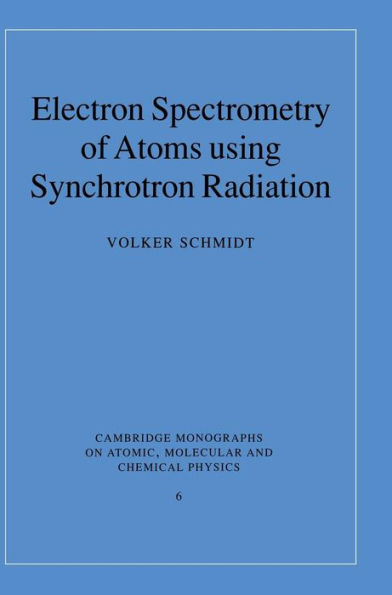5
1
9780521550536



Electron Spectrometry of Atoms using Synchrotron Radiation available in Hardcover, Paperback

Electron Spectrometry of Atoms using Synchrotron Radiation
- ISBN-10:
- 052155053X
- ISBN-13:
- 9780521550536
- Pub. Date:
- 05/15/1997
- Publisher:
- Cambridge University Press
- ISBN-10:
- 052155053X
- ISBN-13:
- 9780521550536
- Pub. Date:
- 05/15/1997
- Publisher:
- Cambridge University Press

Electron Spectrometry of Atoms using Synchrotron Radiation
$208.0
Current price is , Original price is $208.0. You
208.0
In Stock

Product Details
| ISBN-13: | 9780521550536 |
|---|---|
| Publisher: | Cambridge University Press |
| Publication date: | 05/15/1997 |
| Series: | Cambridge Monographs on Atomic, Molecular and Chemical Physics , #6 |
| Pages: | 445 |
| Product dimensions: | 7.09(w) x 10.00(h) x 1.14(d) |
From the B&N Reads Blog
